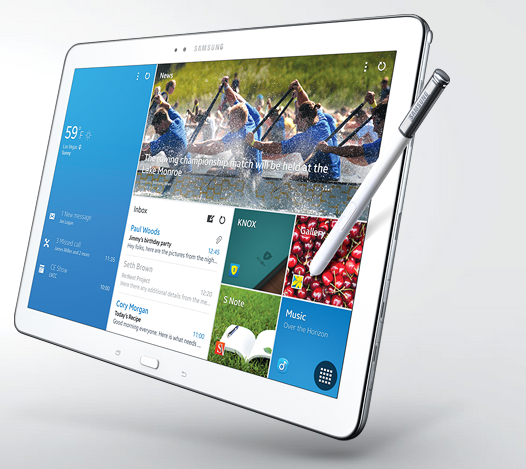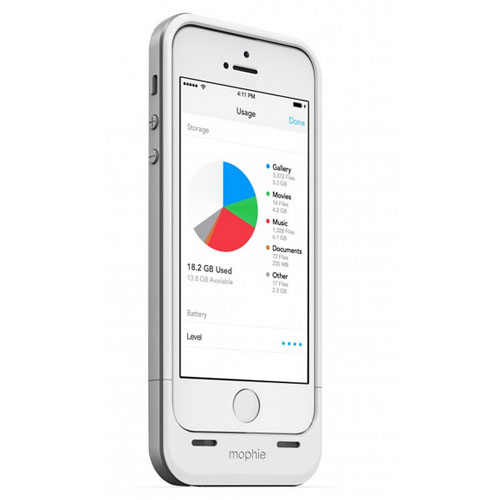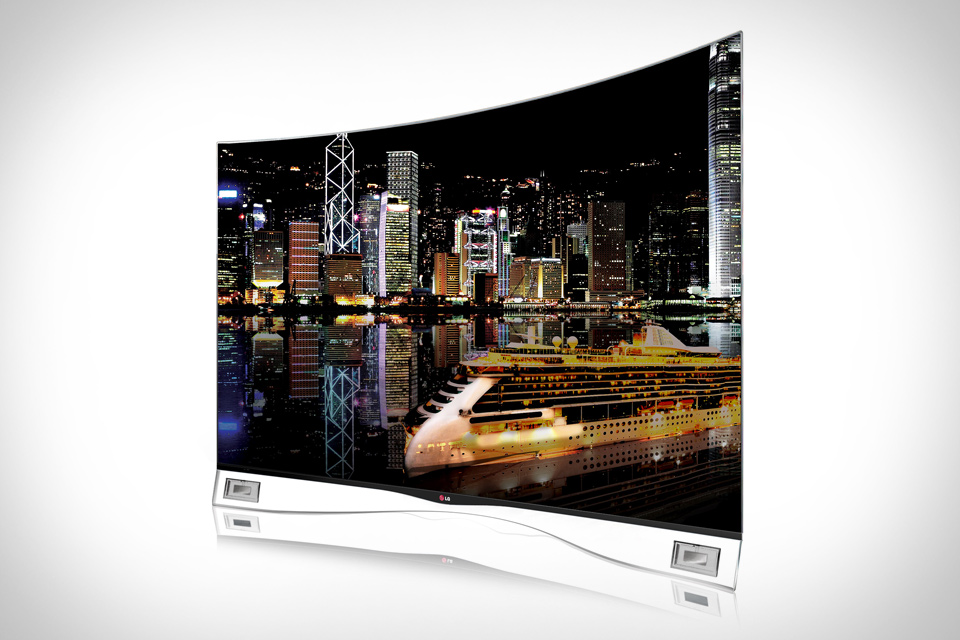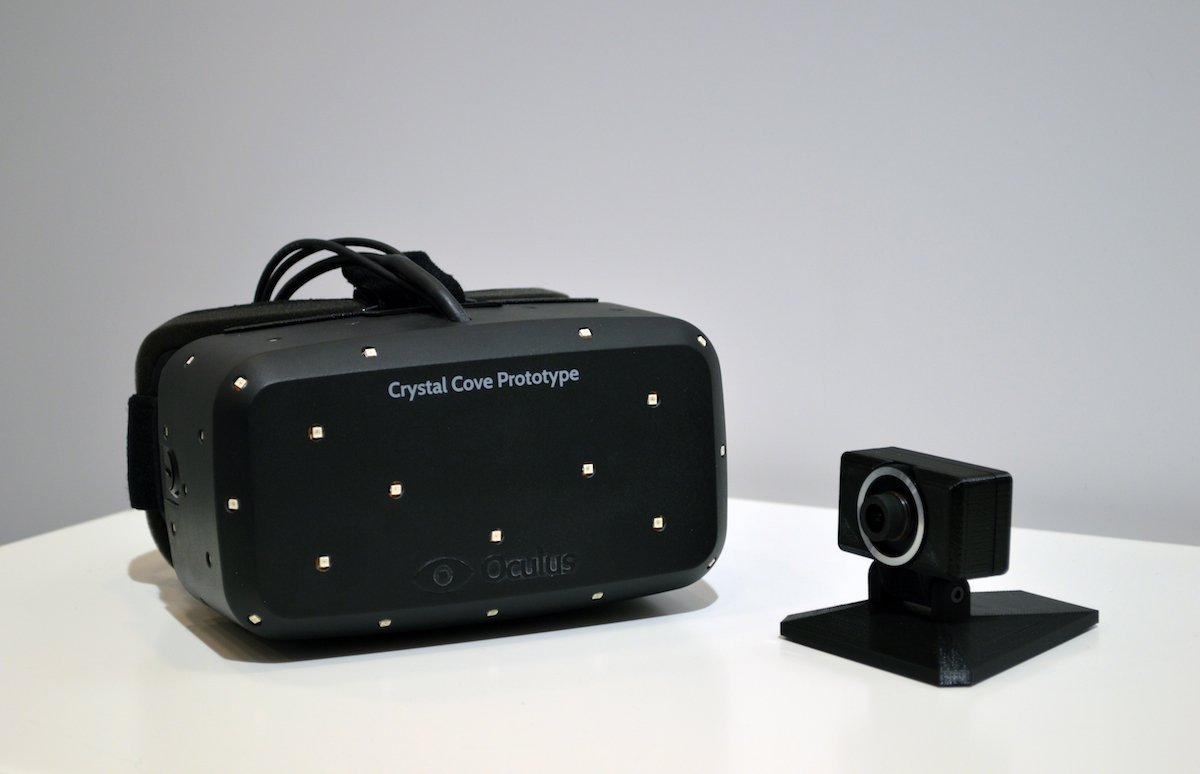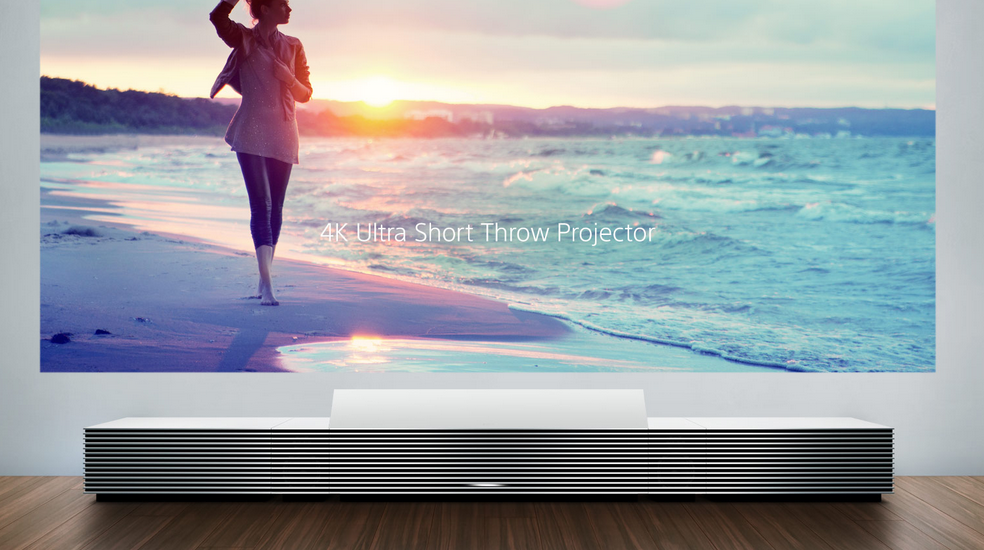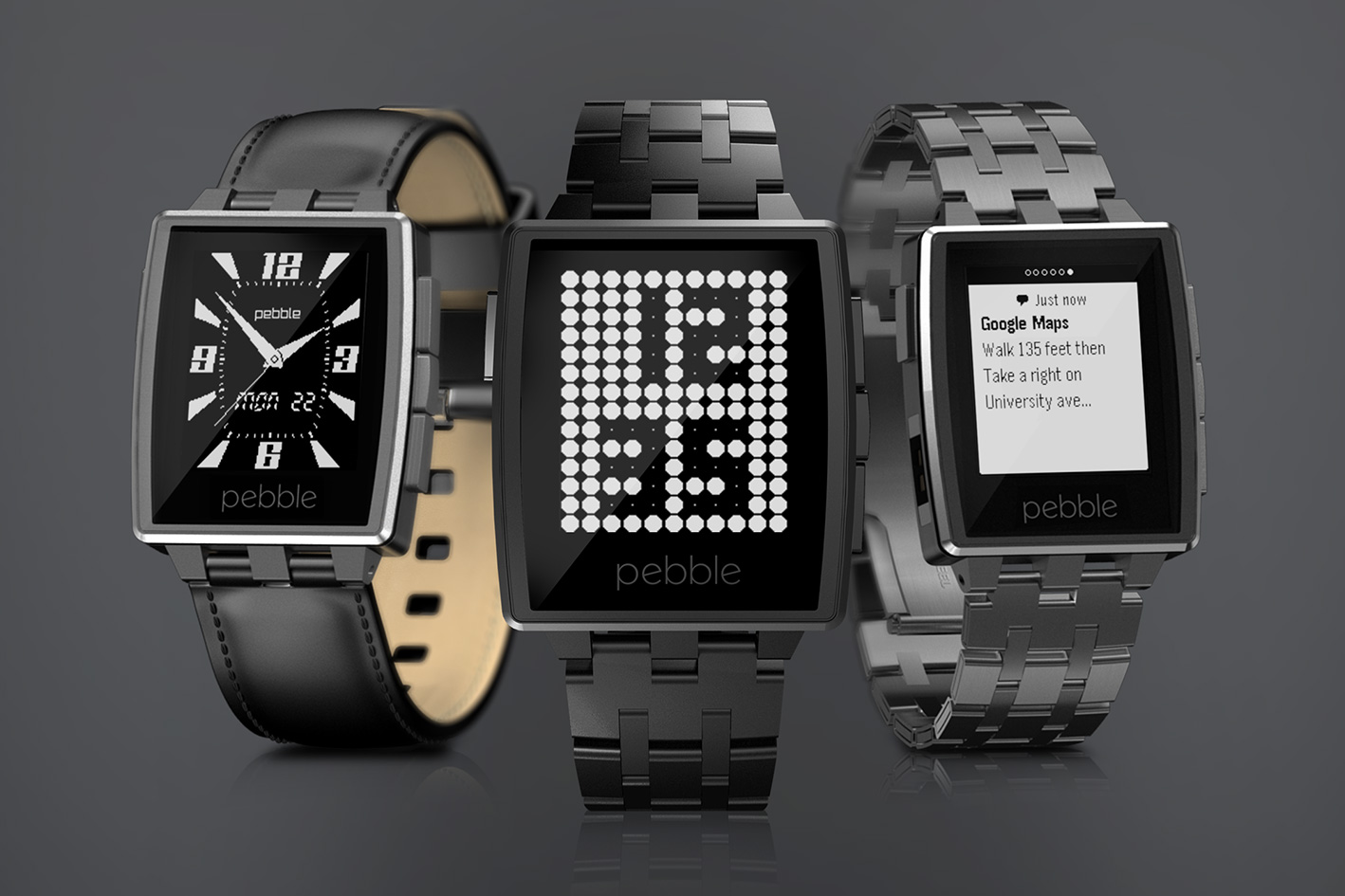Introduction
Ever since the Note series rose to power and propelled the phablet class to stardom, their reign has only been disturbed once. The first generation of the G Pro, known as Optimus back then, was unveiled as the ultimate phablet in terms of specs, but the patchy market availability and inadequate marketing backup prevented it from reaching its potential.
Now, a generation older and a year wiser, LG will be looking to prove that it can learn from its mistakes and produce a device that can finally put a proper challenge for the phablet throne. The G Pro 2 certainly seems to have the right tools for the job: powerful hardware, brilliant screen and minimal bezels, plus a bunch of home-baked software features for an extra bit of exclusivity.
Key features
- Quad-band GSM/GPRS/EDGE support; Quad-band 3G with HSPA; LTE cat4
- 5.9" 16M-color 1080p True HD IPS Plus FullHD capacitive touchscreen
- Corning Gorilla Glass 2 display protection
- Android OS v4.4.2 KitKat; LG Optimus UI
- Quad-core 2.26GHz Krait 400 CPU, 3GB of RAM, Adreno 330 GPU, Qualcomm Snapdragon 800 chipset
- 13MP autofocus camera with LED flash, geotagging, Intelligent Auto, optical image stabilization, Time catch shot, smart shutter and VR panoramas
- 4K video recording @ 30fps with continuous autofocus and stereo sound; HDR mode, Dual recording, optical image stabilization
- 2.1MP front-facing camera, 1080p video recording
- 16/32GB of built-in storage, microSD card slot
- microUSB port, USB host support, USB on-the-go, SlimPort TV-out
- Bluetooth v4.0
- NFC
- Wi-Fi a/b/g/n/ac, Wi-Fi Direct and DLNA
- GPS with A-GPS, GLONASS
- Standard 3.5mm audio jack
- Voice commands
- Multi-tasking with mini-apps and optional transparency (QSlide)
- Accelerometer and proximity sensor
- Active noise cancellation with dedicated mic
- Huge 3,200mAh Li-Ion battery
- IR emitter for remote control of home appliances
Main disadvantages
- Plastic finish of the back cover has poor grip
- No dedicated camera key
- No FM radio
The LG G Pro 2 gets quite a lot of things right, and while it's only able to match the Galaxy S5 for processing power, its innovative design should help tip the scales in its favor. Rear-mounted buttons may seem like an odd solution at first sight, but everyone who's handled the G2 will tell you that once you get used to them, you realize that they are actually a truly inspired bit of engineering thought.
Then there's also the camera that matches the Galaxy Note 3 unit for resolution and video recording and one-ups it with optical image stabilization. Given that low-light performance was the Achilles' heel of the Samsung phablet, this might be the right ingredient to turn a solid camera into a flawless performer.
This is certainly going to be an exciting battle, and one that will potentially shape the mobile landscape. And we're lucky to be watching from the front row. Join us on the next page for the hardware inspection.














